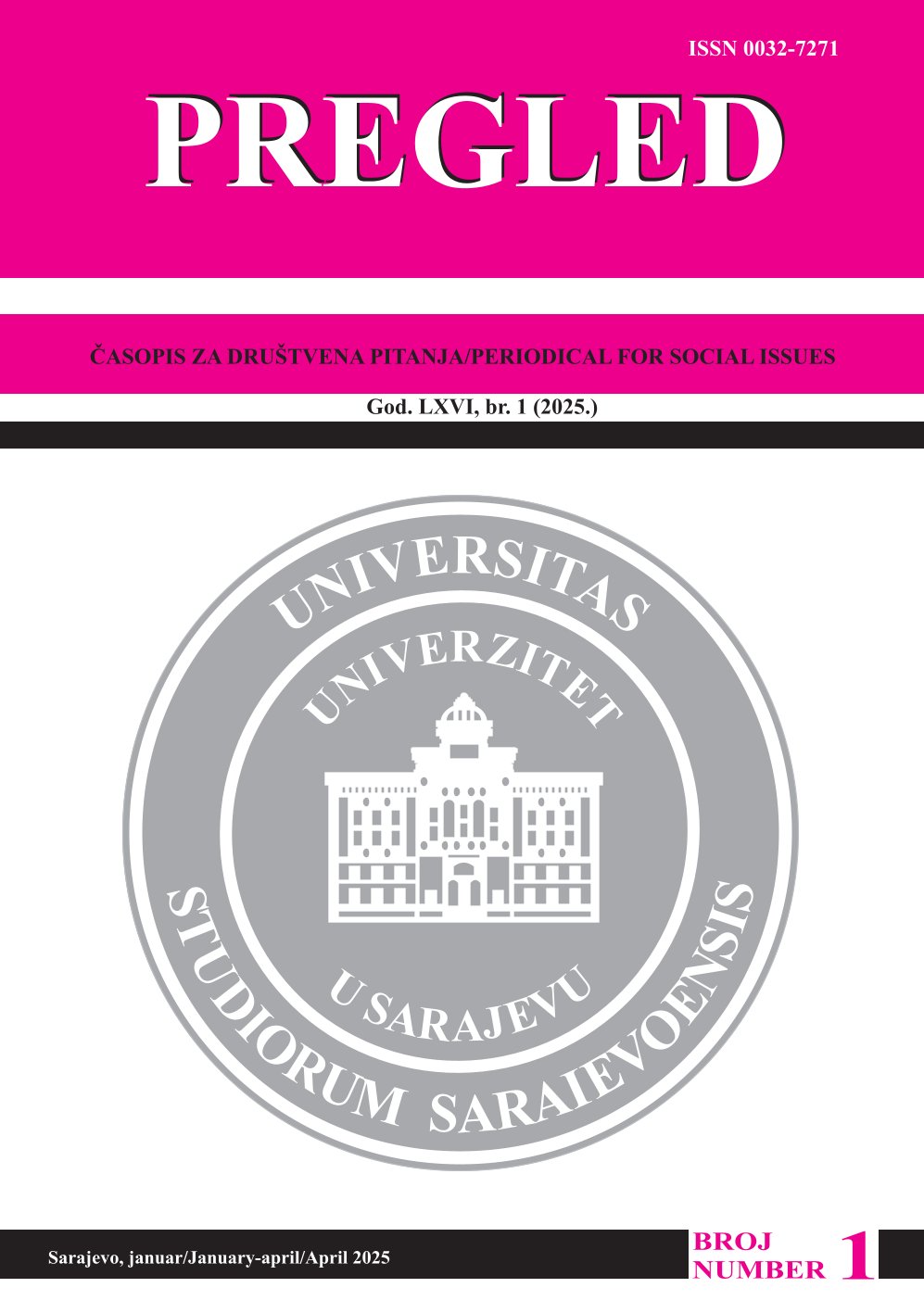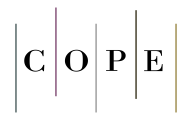Cikličnost slikarskih pojava – Obnova slikarstva / Cyclicity of Painting Phenomena – Renewal of Painting
DOI:
https://doi.org/10.48052/19865244.2025.1.81Keywords:
cyclicity, renewal, art, painting, new painting, artists, contemporary art, historical epochs, artistic evolutionAbstract
The cycllicity of painting phenomena is a visible phenomenon that manifests in the periodic changes of trends, techniques, and aesthetics. As with other phenomena that shape life, the phenomenon of returning to the beginning, or repetition, has always been of interest for study. This phenomenon is also present throughout the history of art. For example, we can observe cyclicity in the return of classical themes and styles across different periods of art history. After periods of innovation and experimentation, artists often revert to traditional techniques and motifs, drawing on the aesthetics of previous epochs. This rediscovery of old techniques can be a result of nostalgia, as well as a need to express universal themes that are always present in human consciousness. Moreover, cyclicity can be observed in the succession of artistic movements, where new movements often arise as reactions to previous ones. For example, Impressionism emerged as a reaction to the rejection of the classical conventions of academic painting, while Post-Impressionism, Cubism, and Surrealism emerged as reactions to the Impressionist style. Additionally, technological progress plays an important role in the cyclicity of painting phenomena. In today’s digital age, technology enables artists to express and create in new ways, but it also inspires a return to traditional techniques as a counterpoint to modern digital painting. In short, the cyclicity of painting phenomena is a complex process that demonstrates the continuous evolution of art across different epochs, always leaving space for reinterpretation and innovation. This dynamism contributes to the richness and diversity of artistic work, making painting an endlessly fascinating area for research and creation.
References
Arnason, H. (1998). Istorija moderne umetnosti. Harvard.
Bhabha, H. K. (2004). Postmodernizam, postkolonijalizam, Kritički termini istorije umetnosti. Novi Sad: Svetovi.
Dorival, B. (1957). Savremeno francusko slikarstvo. Knj. 3, Poslije kubizma: 1911-1944. Sarajevo: Svjetlost.
Epštejn, M. (1998). Postmodernizam. Beograd.
Grosenick, U., & Reimscheider, B. (2005). Art Now, Vol. I. Köln: Taschen.
Grosenick, U. (2008). Art Now, Vol. II. Köln: Taschen.
Janson, H. W. (1982). Istorija umjetnosti. Beograd: Jugoslavija.
Klotz, H. (1995). Umjetnost u 20. Veku. Moderna-postmoderna-Druga moderna. Novi Sad: Svetovi.
Šuvaković, M. (1999). Pojmovnik moderne i postmoderne likovne umjetnosti posle 1950. Beograd – Novi Sad: Srpska akademija nauka i umetnosti.
Trifunović, L. (1981). Slikarski pravci XX veka. Priština – Beograd: Jedinstvo – Prosveta.
Wood, P. (2004). Roba, Kritički termini istorije umetnosti. Novi Sad: Svetovi.
Museum of Modern Art, New York, https://www.moma.org/collection/works/79802
http://bs.scribd.com/doc/32857866/slikarstvo-20
Arnheim, R. (2003). Novi eseji o psihologiji umetnosti. Beograd: Univerzitet umetnosti u Beogradu i SKC
Frankastel, Pjer: Studije iz sociologije umjetnosti, Beograd, Nolit, 1974
Downloads
Published
How to Cite
Issue
Section
License
Copyright (c) 2025 Pregled: časopis za društvena pitanja / Periodical for social issues

This work is licensed under a Creative Commons Attribution-NonCommercial 4.0 International License.














